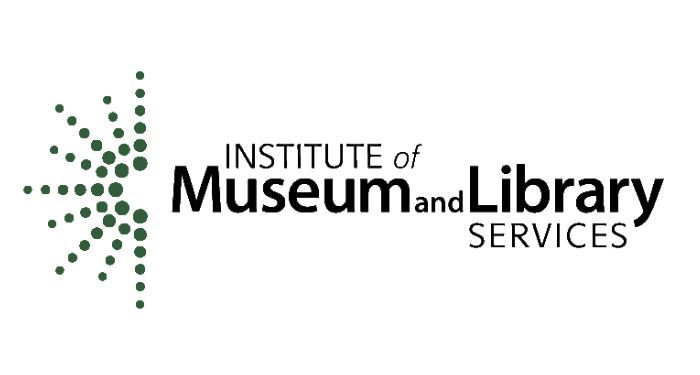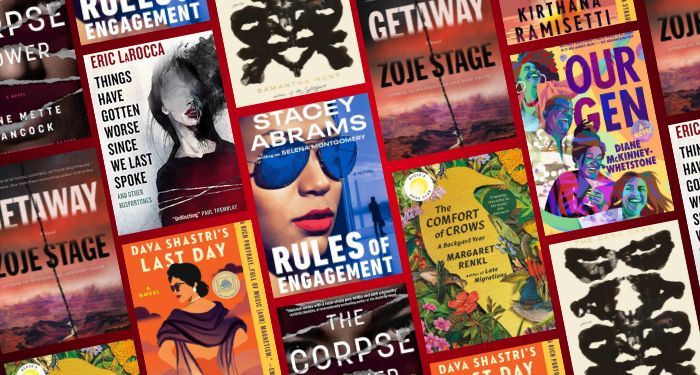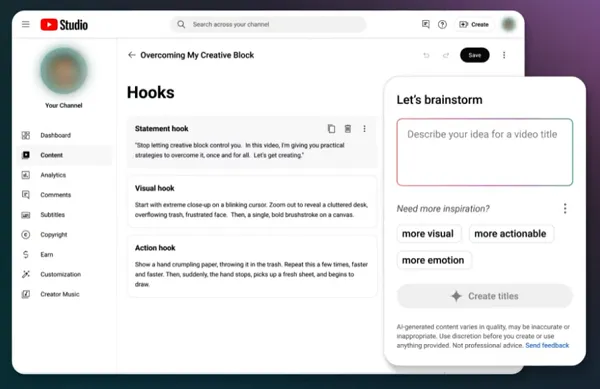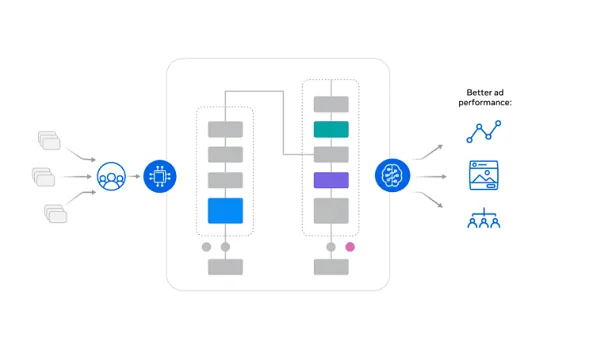Although there may not be much of a distinction, big data vs. data science has always caused confusion for many people. Today, we’ll explain the actual difference between these two technologies in detail so that you can understand the underlying ideas and how they’re different from one another. First of all, data science is an evolutionary development of statistics that uses computer science tools to analyze massive datasets. Many people mistake data science and machine learning are the same. Although machine learning is a subset of data science, it should not be mistaken for synonyms. Data science is the discipline that works on deriving meaning from data, whereas machine learning is focused on developing ML models.
What is Big Data?
The term “big data” refers to the enormous amounts of organized, semi-structured, and unstructured data sets that are ineffectively handled by conventional applications or traditional methods. In order to make decisions on human behavior and interface technology, it is utilized to identify patterns and trends. Given how challenging it is to process massive data manually, a variety of software programs and data storage have been developed.
Big data processing starts with raw data that isn’t aggregated and is frequently too large to fit in a single computer’s memory.
Insights from big data analysis are utilized to make wiser decisions and attain well-informed business insights.
According to Gartner, big data is ” high-volume, and high-velocity or high-variety information assets that demand cost-effective, innovative forms of information processing that enable enhanced insight, decision making, and process automation.”
What is Data Science?
Building predictive and prescriptive analytical models employing a vast quantity of data is the focus of the area or domain known as data science. It combines elements from the fields of business, statistics, and computer science. It involves collecting, analyzing (forming the model), validating, and using the data (deploying the best model). Data and computation come together in this situation. Unstructured, structured, and semi-structured data are all dealt with in the discipline of data science.
This general word refers to a variety of methods for gaining knowledge and insights from data. It involves procedures like data preparation, analysis, cleansing, and data mining, among other things. It combines statistics, mathematics, programming, and problem-solving. It also involves the capacity to capture data in novel ways.
Now we are going to shed light on the list of the top industries that are using big data and data science applications.
APPLICATIONS OF BIG DATA:
Banking and Financial Services
Big data is used by retail banks, institutional investment banks, insurance businesses, venture capitalists, private wealth management advisors, and credit card companies for their financial services. The enormous volumes of multi-structured data present in several dissimilar systems are the issue that unites them all, and big data may address this. As a result, big data is utilized for various purposes, including operational, compliance, fraud, and customer analytics.
Telecommunications
Top concerns for telecommunications service providers include acquiring new consumers, keeping existing ones, and growing within existing subscriber bases. The capacity to aggregate and evaluate the massive amounts of user- and machine-generated data that are produced every day will be key to solving these problems.
Retail and Wholesale Trade
The key to being relevant and competitive, whether running a brick-and-mortar business or an internet store, is having a deeper knowledge of your customers. To do this, one must be able to examine the many data sources that businesses use daily, including blogs, consumer transaction data, social media, data from store-branded credit cards, and information from loyalty programs.
APPLICATIONS OF DATA SCIENCE:
Internet Search
Search engines employ data science techniques to provide the most relevant results for user searches quickly.
Digital Advertisements
The full spectrum of digital marketing incorporates data science techniques, from display banners to digital billboards. This is the primary cause of digital ads’ increased click-through rates compared to those of conventional advertisements.
Recommender Systems
The user experience is greatly improved by recommender systems, which also make it simple to identify suitable goods among the billions of options. This approach is used by many businesses to market their goods and ideas in line with what the customer wants and what information is pertinent. Based on the user’s prior search results, suggestions are made.
Let’s take a quick look at the differences between these two technologies now that we have understood the definitions of Big Data and Data Science as well as their applications in various sectors.
Major differences between Data Science and Big Data:
- Data Science is an area. Big Data is a technique to collect, maintain and process colossal information.
- Significant differences between Data Science and Big Data:
- Data science is the study of gathering, organizing, analyzing, and using data for various purposes. Big Data is more abstract. It involves sifting through a vast amount of data to find the most important and valuable information.
- Like computer science, applied statistics, and applied mathematics, data science is a subject of study. Big Data is a method for identifying trends in extensive, complicated data collections.
- Building data-dominant products for a business is the aim of data science. The objective of big data, however, is to make data more useful and significant, i.e., by extracting just key information from the massive amounts of data while maintaining current conventional elements.
- SAS, R, Python, and other tools are often used in data science, while Hadoop, Spark, Flink, and other technologies are primarily used in Big Data.
- Big Data is a subset of Data Science since mining operations are part of the pipeline for Data science, but Data Science is a superset of Big Data because it includes data scraping, cleaning, visualization, statistics, and many other methods. Data science is mostly employed in the sciences. Business and consumer pleasure are the two key uses of big data.
The science of the data is the main emphasis of data science. Big Data is mainly concerned with the methods for managing large amounts of data.
As the key differences are explained, let’s discover how these technologies are affecting the economy.
Final Thoughts:
Whether in healthcare, technology, education, research, or retail, practically all everyday activities are now driven by data. Business perspective has also changed from being product-focused to being data-focused. No matter how unimportant the information may appear at first, businesses of all sizes cherish it. Marketing professionals and analysts may gain helpful business insights through information analysis and visualization. Due to this demand, there is a need for specialists who can glean valuable, insightful information from the terabytes of data already accessible.
Data analytics enables industries like banking, energy management, healthcare, travel, and transport to develop new advancements using historical and data-based trend analysis. Big data assists banking, retail, and other industries by providing crucial technologies like fraud detection and operational analysis systems. Data science builds on that in different ways by enabling businesses to investigate novel approaches in scientific research, medical improvements, web development, digital marketing, e-commerce, and pretty much everything else you can think of.
The post What is the difference between Data Science and Big Data? appeared first on ONPASSIVE.








































![Spider-Man Is Back in Black With the Green Goblin in New Funko Pop! Figures [Exclusive] Spider-Man Is Back in Black With the Green Goblin in New Funko Pop! Figures [Exclusive]](https://static1.colliderimages.com/wordpress/wp-content/uploads/2025/03/spider-man-the-animated-series-green-goblin.jpg)






























